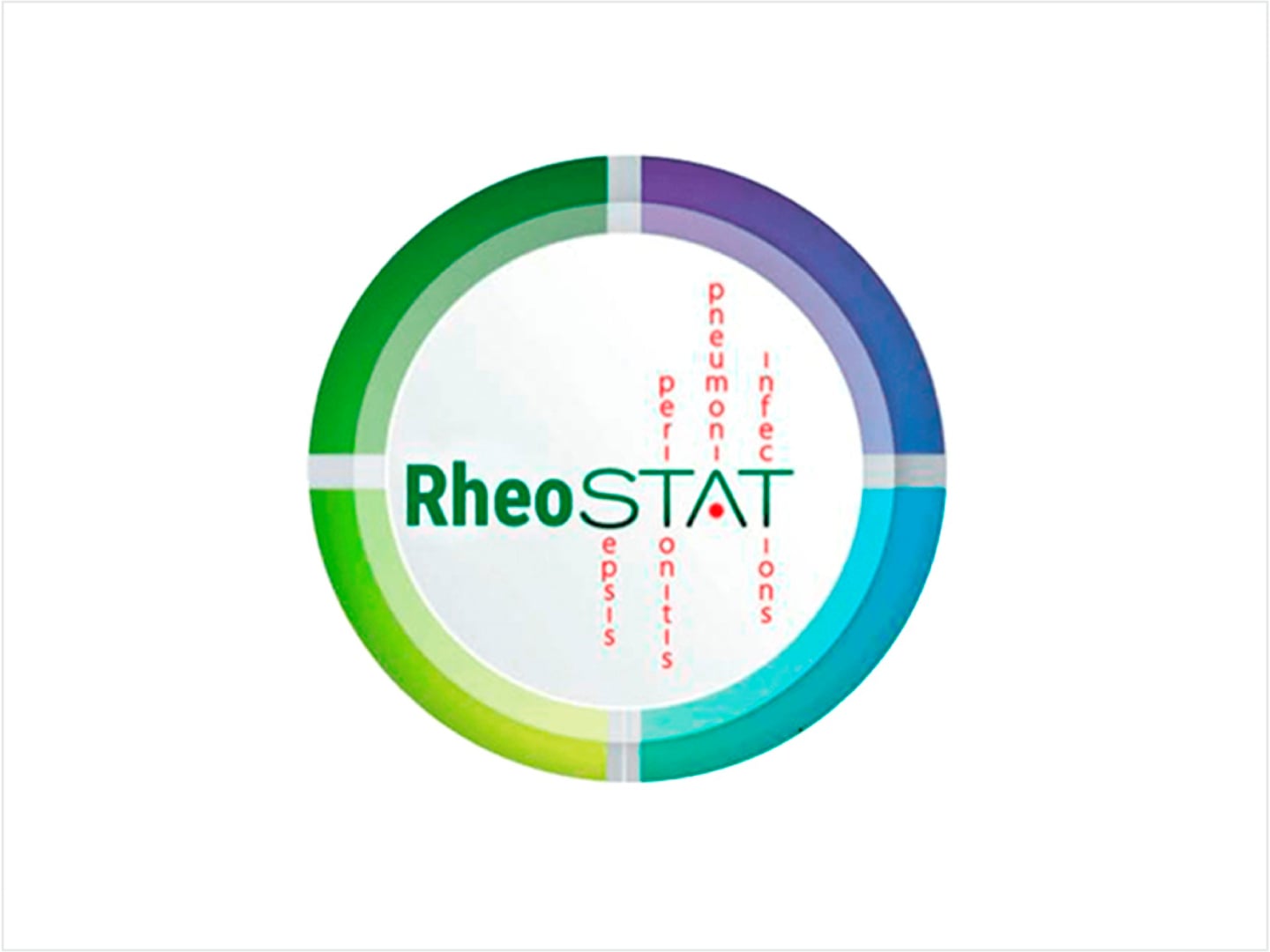Justification for the combined use of Propofol and Dexmedetomidine in elective procedural sedation (literature review and personal experience)
Procedural sedation (PS) is the technique of administering sedatives with or without analgesics to induce a condition in which the patient can tolerate unpleasant procedures while maintaining cardio-respiratory function. Planned PSs are performed with procedures of various invasiveness, painfulness and duration, but by definition, they do not reach the depth of general anesthesia and do not require the use of respiratory support or controlled mechanical ventilation, and even more – muscle relaxants. For effective PS, it is extremely important to establish verbal contact with the patient and achieve a stable emotional state of the patient and carefully explain to him the details of the PS.
When choosing the depth of PS, it’s necessary to reach a compromise between the degree of anesthesia and amnesia, on the one hand, and the effectiveness of spontaneous breathing, as well as the possibility of an early recovery of consciousness, on the other. If possible, the problem of pain (when consciousness is partially preserved) or nociceptive stimuli (when the level of consciousness is reduced or absent) is solved separately through the use of local or regional anesthesia. In addition, non-steroidal anti-inflammatory drugs (NSAIDs) and some other drugs with analgesic properties are often used, and opioid analgesics are avoided or used in small or minimal doses.
Unlike anesthesia, even deep sedation cannot and should not completely prevent the patient from moving during intense pain / nociceptive stimuli. If necessary, the problem of patient movements is solved not only and not so much by further deepening sedation, but precisely by improving analgesia and/or fixing the patient for the duration of short-term painful manipulations. To achieve these goals, PS is most often used propofol, or its dexmedetomidine or midazolam. This publication focuses on the advantages of using a multimodal approach for prolonged PS, which allows for a significant reduction in the dose of corresponding drugs and rate of complications in comparison with sedation with a single anaesthetic at significantly higher doses.
Keywords: procedural sedation, multimodal analgesia, consciousness, depth of sedation, airway patency, propofol, dexmedetomidine.
Authors:
Pylypenko M.M., Mykhaylov B.V.
Literature:
- Dossa F, Megetto O, Yakubu M, et al. Sedation practices for routine gastrointestinal endoscopy: a systematic review of recommendations BMC Gastroenterol. 2021; 21: 22.
- Hinkelbein J, Lamperti M, Akeson J, et al. European Society of Anaesthesiology and European Board of Anaesthesiology guidelines for procedural sedation and analgesia in adults. European Journal of Anaesthesiology. 2017; 35:6-24.
- ACEP Clinical Policy: Procedural Sedation and Analgesia in the Emergency Department. Ann Emerg Med. 2014;63:247-258.
- Prabhakar H, Tripathy S, Gupta N, et al. Consensus Statement on Analgo-sedation in Neurocritical Care and Review of Literature. Indian J Crit Care Med. 2021 Feb; 25(2): 126–133.
- Neme D, Aweke Z, Micho H, et al. Evidence-Based Guideline for Adult Sedation, Pain Assessment, and Analgesia in a Low Resource Setting Intensive Care Unit: Review Article. Int J Gen Med. 2020; 13: 1445– 1452.
- Rasheed AM, Amirah MF, Abdallah M, et al. Ramsay Sedation Scale and Richmond Agitation Sedation Scale: A Cross-sectional Study. Dimens Crit Care Nurs. Mar/Apr 2019;38(2):90-95.
- Practice Guidelines for Moderate Procedural Sedation and Analgesia 2018. A Report by the American Society of Anesthesiologists Task Force on Moderate Procedural Sedation and Analgesia, the American Association of Oral and Maxillofacial Surgeons, American College of Radiology, American Dental Association, American Society of Dentist Anesthesiologists, and Society of Interventional Radiology. Anesthesiology. 2018; 128(3):437-479.
- Kim KN, Lee HJ, Kim SY, Kim JY. Combined use of dexmedetomidine and propofol in monitored anesthesia care: a randomized controlled study. BMC Anesthesiol. 2017 Mar 1;17(1):34.
Ghisi D, Fanelli A, Tosi M, et al. Monitored anesthesia care. Minerva Anestesiol. 2005 Sep;71(9):533-8. - Database of Abstracts of Reviews of Effects (DARE): Centre for Reviews and Dissemination (UK). Analgosedation: a paradigm shift
in intensive care unit sedation practice. 2012. Available from: https:// www.ncbi.nlm.nih.gov/books/NBK98957/ - Bell A, Treston G, McNabb C, et al. Profiling adverse respiratory events and vomiting when using propofol for emergency department procedural sedation. Emerg Med Australas 2007; 19:405–10.
- Practice Guidelines for Preoperative Fasting and the Use of Pharmacologic Agents to Reduce the Risk of Pulmonary Aspiration: Application to Healthy Patients Undergoing Elective Procedures: An Updated Report by the American Society of Anesthesiologists Task Force on Preoperative Fasting and the Use of Pharmacologic Agents to Reduce the Risk of Pulmonary Aspiration. Anesthesiology 2017; 126:376–393.
- Yao Y, Sun Y, Lin J, et al. Intranasal dexmedetomidine versus oral midazolam premedication to prevent emergence delirium in children undergoing strabismus surgery: A randomised controlled trial. Eur J Anaesthesiol. 2020 Dec;37(12):1143-1149.
- Li A, Yuen VM, Goulay-Dufaÿ S, et al. Pharmacokinetic and pharmacodynamic study of intranasal and intravenous dexmedetomidine. Br J Anaesth. 2018;120:960–968.
- da Silva GS, Anabuki AA, Viana KA, et al. in CEDACORE Collaborative Group. Sedation versus protective stabilization for dental treatment of children with caries and challenging behavior at the dentist (CHOOSE): a study protocol for a non-randomized clinical trial. BMC Oral Health. 2021; 21: 256.
- Mehta PP, Kochhar G, Albeldawi M, et al. Capnographic monitoring in routine EGD and colonoscopy with moderate sedation: A prospective, randomized, controlled trial. Am J Gastroenterol 2016; 111:395–404.
- Langhan ML, Shabanova V, Li FY, et al. A randomized controlled trial of capnography during sedation in a pediatric emergency setting. Am J Emerg Med 2015; 33:25–30.
- van Schaik E.P.C., Blankman P., Van Klei W.A. et al. Hypoxemia during procedural sedation in adult patients: a retrospective observational study. Can J Anesth/J Can Anesth (2021) https://doi.org/10.1007/ s12630-021-01992-6
- Deitch K, Chudnofsky CR, Dominici P, et al. The utility of highflow oxygen during emergency department procedural sedation and analgesia with propofol: A randomized, controlled trial. Ann Emerg Med 2011; 58:360–364.e3.
- https://www.who.int/medicines/areas/quality_safety/safety_efficacy/ trainingcourses/definitions.pdf
- https://www.cancer.gov/publications/dictionaries/cancer-terms/def/ adverse-event
- https://www.who.int/medicines/areas/quality_safety/safety_efficacy/ trainingcourses/definitions.pdf
- Mitra M, Basu M, Shailendra K, Biswas N. Risk reduction in anesthesia and sedation—An analysis of process improvement towards zero adverse events. J Family Med Prim Care. 2020 Sep; 9(9): 4592–4602.
- Sirimontakan T, Artprom N, Anantasit N. Efficacy and Safety of Pediatric Procedural Sedation Outside the Operating Room Anesth Pain Med. 2020 Aug; 10(4): e106493.
- Hayashi T, Mizukami A, Kuroda S, et al. Outcomes of deep sedation for catheter ablation of paroxysmal supraventricular tachycardia, with adaptive servo ventilation. J Arrhythm. 2020 Dec 5;37(1):33-42.
- Demiraran Y, Korkut E, Tamer A, et al. The comparison of dexmedetomidine and idazolam used for sedation of patients during upper endoscopy. A prospective, randomized study. Can J Gastroenterol 2007; 21:25–9.
- Aldrete, J. A. (1995). The post-anesthesia recovery score revisited.
- Journal of Clinical Anesthesia, 7, 89-91.
- Chung F, Chan VW, Ong D. A post-anesthetic discharge scoring system for home readiness after ambulatory surgery. J Clin Anesth 1995; 7: 500-506.
- Palumbo P, Tellan G, Perotti B, et al. Modified PADSS (Post Anaesthetic Discharge Scoring System) for monitoring outpatients discharge. Ann Ital Chir. 2013 Nov-Dec;84(6):661-5. PMID: 23165318.



